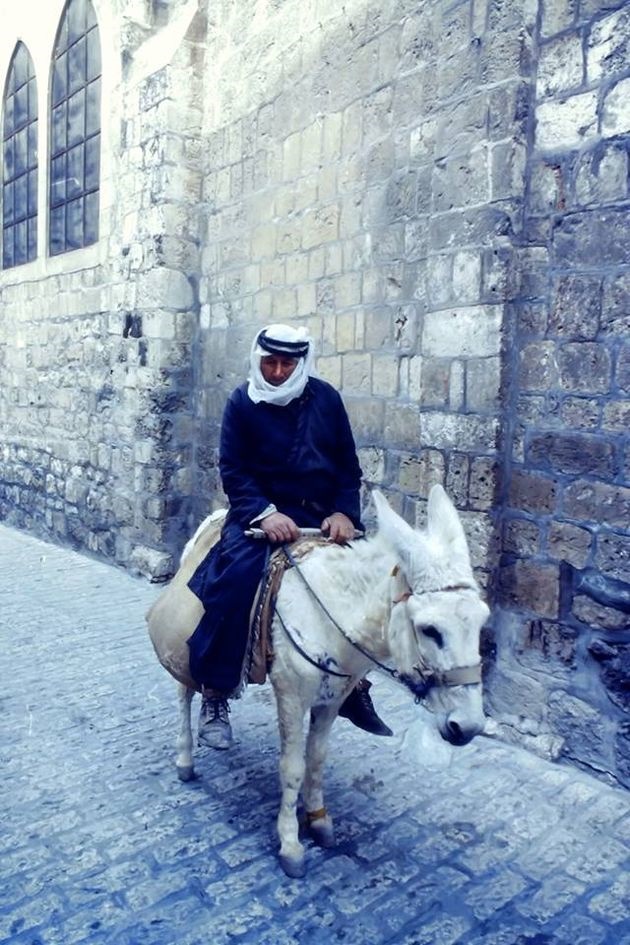Jesus’ donkeys
While horses were often used for war, donkeys were symbols of peace, which is why Christ chose to enter the capital of Israel as a gentle and humble king on the back of a donkey's colt.
19 FEBRUARY 2017 · 10:00 CET

Domestic donkeys were always present in the life of the Master. From the day Mary and Joseph sought shelter in the stable until Jesus' triumphal entry in Jerusalem, these common animals formed an integral part of daily life in Palestine while he was growing up. At that time, especially in the East, they were used in the same way as horses in the West.
They worked in the donkey-mills, drawing water from the wells or grinding grain (Matt. 18:6); as they were so close to the wells, from time to time a donkey would accidentally fall into one (Luke 14:14) and, at night, they were protected in rudimentary stables 13:15).
The evangelist Matthew relates how Jesus entered Jerusalem mounted on a young donkey, or a donkey's colt (Matt. 21:5). To the eastern mind, donkeys do not have the negative connotations that have always been associated with them in our culture. They are not seen as clumsy, stupid animals but as intelligent and noble ones.
In fact, now we know that their stubbornness is the result of their peculiar instinct to avoid unnecessary dangers. They are more critical and independent than horses as they take their decisions are based on their own safety in mind.
Besides, their remarkable memory enables them to remember places and other members of their species even when they haven't seen them for 25 years. They are social animals, and so they don't like being alone. They prefer to live in packs, or even with other different species, like goats, sheep or cows, rather than on their own.
They have a much keener sense of hearing than the horse and, thanks to their enormous ears, they can hear the braying of another donkey at a distance of several kilometres. While horses were often used for war, donkeys were symbols of peace, which is why Christ chose to enter the capital of Israel as a gentle and humble king on the back of a donkey's colt.
In January 1986, I took this photo of a Palestinian on a white donkey in a street in Jerusalem. The man kindly stopped his donkey so that I could take this photograph. I gave him a dollar, and he went away very happy. Thirty years later, as I look at this image, I reflect on how much I would like to be like one of these animals. Noble, hard-working, humble, social and free-spirited. Now my sole ambition is to be like one of Jesus' donkeys.
Published in: Evangelical Focus - Zoe - Jesus’ donkeys
